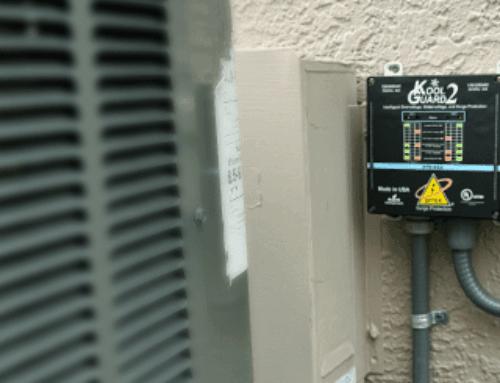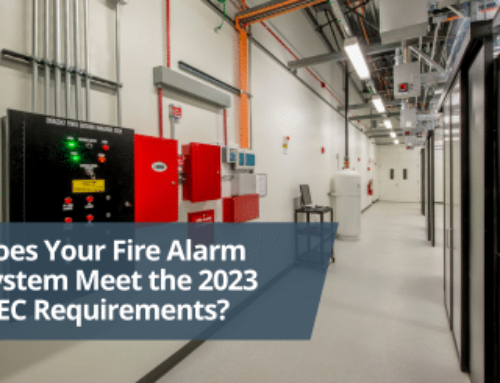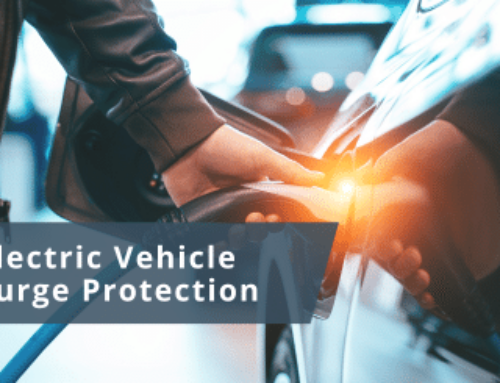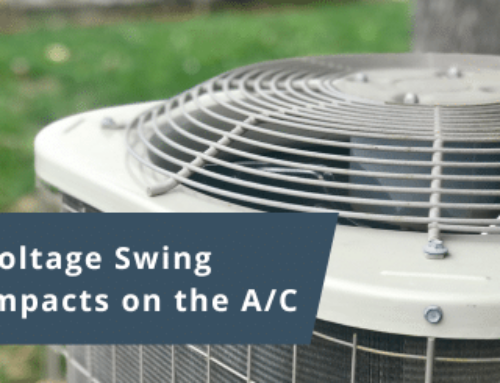2024 has been a year of unprecedented natural disasters, with storms, hurricanes, floods, tornadoes, and wildfires wreaking havoc across the United States. According to the National Oceanic and Atmospheric Administration (NOAA), the country endured two dozen separate billion-dollar weather and climate disasters, with the financial toll of these 24 events exceeding $100 billion.
Alongside visible destruction, these disasters bring hidden dangers that many homeowners overlook: damage to the electrical grid and fluctuations in power quality. These powerful weather events reaffirm that one critical safeguard every household and business should consider is surge protection.
The Growing Threat of Power Surges
Power surges are sudden spikes in electrical voltage that damage electronics and appliances. According to the National Fire Protection Association (NFPA), electrical malfunctions are one of the leading causes of home fires, with surges being a key factor. Lightning, grid failures, and other disruptions can cause these surges, leaving homeowners and business owners with significant financial and safety risks.
Did you know?
- The Insurance Institute for Business & Home Safety estimates that 60-80% of all surges originate from internal home appliances, such as HVAC systems and refrigerators. However, natural disasters amplify the threat by introducing external sources of surges.
- Lightning strikes alone cause $900 million in property damage annually, as reported by the Insurance Information Institute.
Natural Disasters and Grid Vulnerability
The American Society of Civil Engineers gave the electrical grid a C- grade in its 2023 Infrastructure Report Card, noting that many parts of the system are outdated and prone to failure. That report was released before Mother Nature unleashed her wrath. This year’s extreme weather has underscored how fragile the U.S. electrical infrastructure is.
Key impacts of natural disasters include:
- Frequent power outages: Between 2000 and 2023, the U.S. experienced a 64% increase in major power outages due to natural disasters, according to the Department of Energy. And while storm survivors may think the danger has passed when the storm is over, most power surges occur when electricity is restored to an area.
- Lightning strikes: The National Weather Service reports that the U.S. experiences 20 million lightning strikes annually, with many occurring during hurricanes, thunderstorms, and tornadoes.
- Weakened infrastructure: Storm-damaged transformers and substations are more likely to produce inconsistent voltage levels, leading to surges.
Lightning: A Surge You Can’t Ignore
It’s important to recognized that lightning is not the only cause of surges, but with each strike containing up to 1 billion volts of electricity, it should still be taken seriously. A nearby strike can travel through power lines, phone lines, and even plumbing, damaging or destroying connected devices in your home.
Consider these figures:
- The average cost of damage from a single lightning strike is $4,000–$5,000, according to insurance claims data.
- Lightning is responsible for 70% of storm-related surge damage.
Surge Protection Can Save You Money and Reduce Your Stress
Surge protection is a must-have for large corporations, industrial setups, businesses, and yes, homeowners. Here’s why:
- Financial protection: Replacing appliances and electronics after a surge can cost thousands of dollars. For example, a new refrigerator costs around $1,500 to $2,000, and replacing a central HVAC system can exceed $10,000.
- Fire safety: Power surges can overheat wiring, leading to house fires. According to FEMA, electrical malfunctions cause over 24,000 fires annually, with many being related to surges.
- Extended device lifespan: Electronics last longer when shielded from sudden voltage spikes.
Types of Surge Protection: A Layered Approach
Experts recommend a layered approach to protect your home or business:
- Whole-Home Surge Protectors: Installed at your electrical panel, these guard against surges entering through the main power line. The cost is typically in the hundreds of dollars, including installation. That’s a relatively cheap price to pay for protection insurance for your expensive appliances and electronics.
- Point-of-Use Surge Protectors: Ideal for specific appliances or electronics. These typically cost $15 to $50 per device.
- Uninterruptible Power Supplies (UPS): Protect computers and critical devices from both surges and power interruptions.
Invest in Surge Protection Before the Next Disaster
In a year where natural disasters have disrupted millions of lives, it’s essential to take steps to protect your home or business. Surge protection is a small investment compared to the potential losses from damaged electronics, appliances, or fires.
Final Reminder:
Only about a quarter of US homes have whole-home surge protection, leaving many households vulnerable to damage during and after storms.
Consult with a licensed electrician to explore the best surge protection system for your needs.




